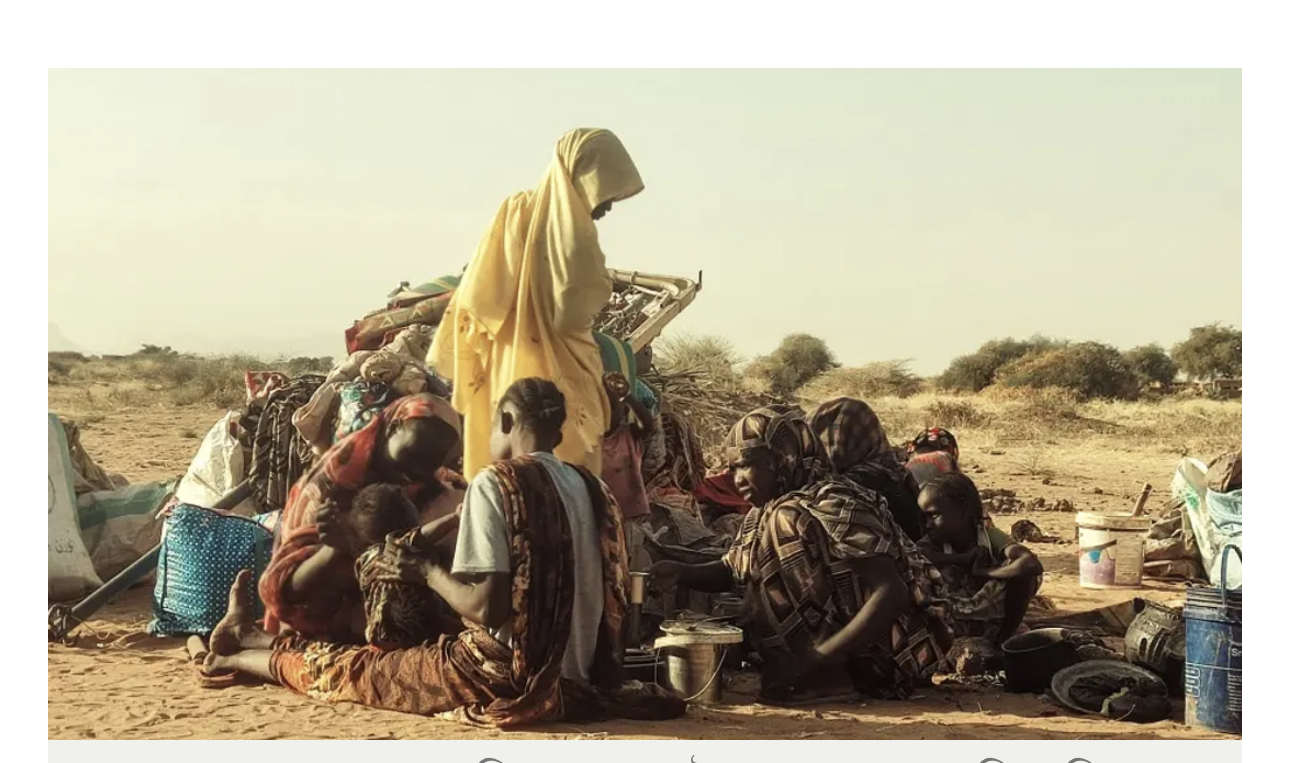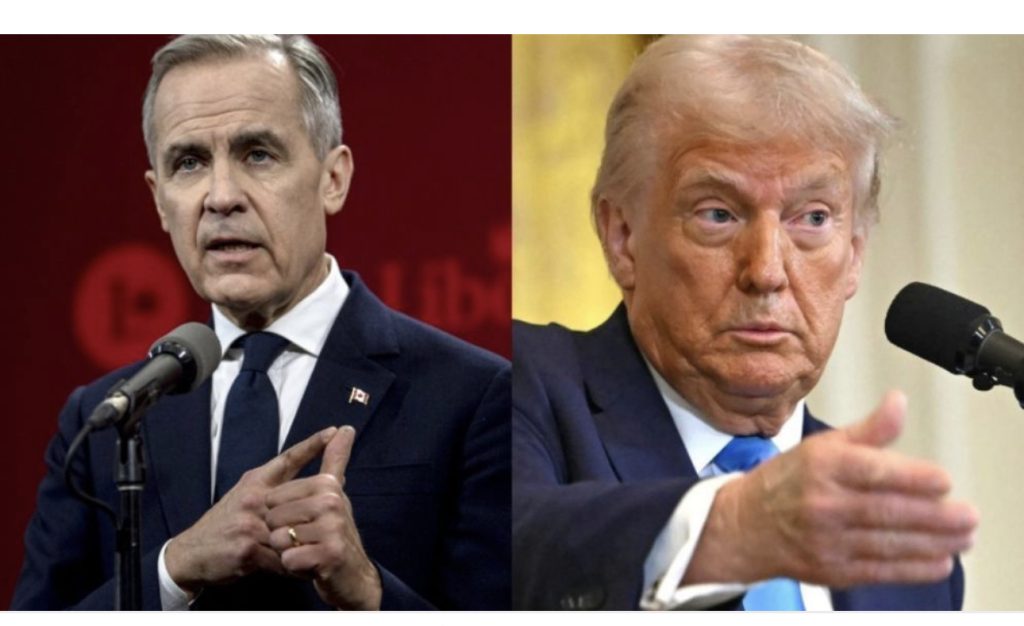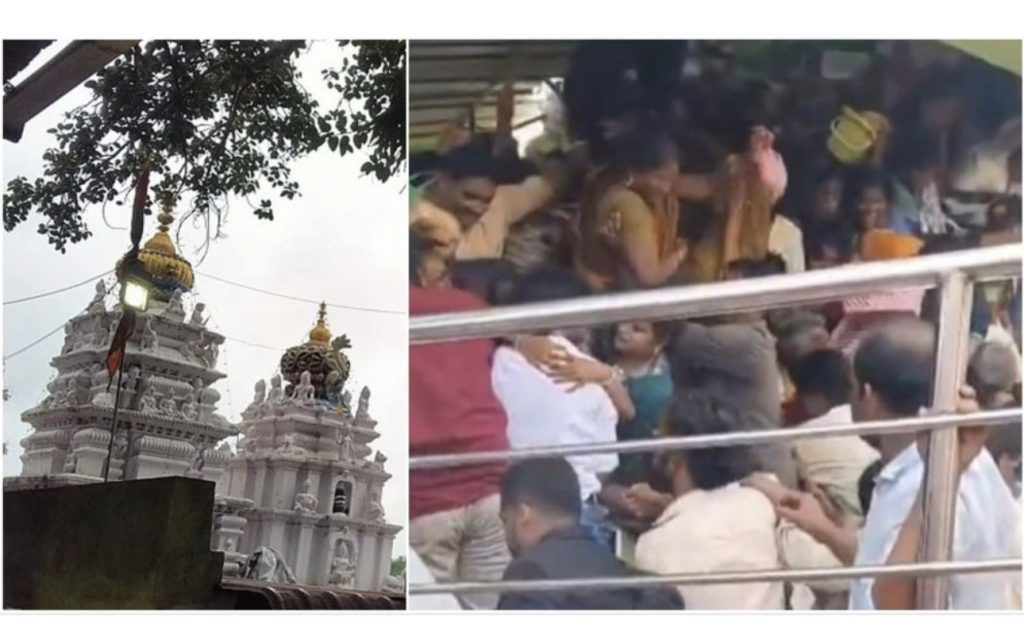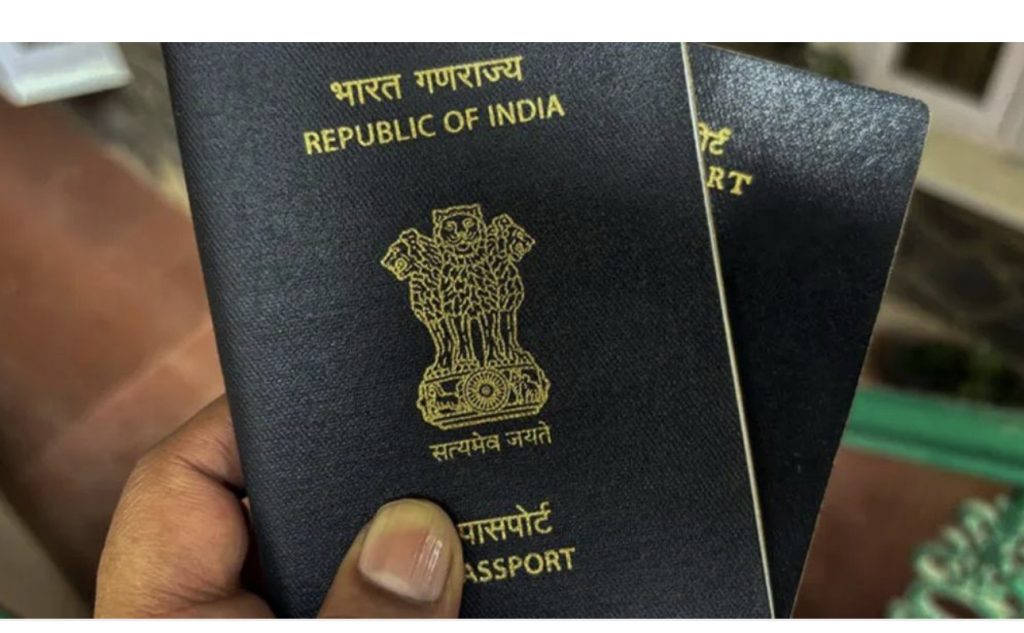- Massacre Fears Rises in Sudan
- Massacre Fears Rise as Sudan’s RSF Seizes El Fasher: A Turning Point in the Bloody Civil War
The city of El Fasher in Western Sudan, the capital of the North Darfur region, is now gripped by fears of a massacre following its recent capture by the paramilitary group, the Rapid Support Forces (RSF). It is suspected that thousands have already been killed in what is considered the bloodiest manifestation of Sudan’s ongoing civil war.
The RSF took full control of El Fasher last Sunday after an 18-month siege. During the blockade, the RSF prevented the entry of food, medicine, and essential goods. Hundreds of thousands of trapped residents faced starvation and disease in a civil war that has ravaged Sudan for two and a half years. The UN estimates that at least 40,000 people have been killed, and 12 million have been displaced from their homes.
The Atrocities in El Fasher
The RSF’s capture on Sunday involved overrunning the last remaining Sudanese Armed Forces (SAF) stronghold in the region.
• Casualty Toll: SAF estimates that close to 2,000 people were killed by Wednesday, while the Sudan Doctors Network puts the death toll at a minimum of 1,500.
• The Siege: Approximately 1.2 million people survived the 18-month blockade largely by eating animal feed. The RSF’s 56-kilometer-long barricade cut off all access to aid and blocked all escape routes.
• Documented Brutality: Verified videos shared by Al Jazeera show RSF members shooting and torturing civilians. Sudanese doctors and human rights organizations report the RSF is conducting genocide, arbitrary detentions, and attacks on hospitals.
• Ethnic Targeting: The UN Human Rights Office noted that escaping individuals are also being killed, suggesting a potential ethnic motivation behind the murders.
• Satellite Evidence: The Yale Humanitarian Research Lab analyzed satellite images showing changes in soil color and small clusters of objects, which could indicate bodies and bloodstains—marks not visible before the RSF takeover.
The UN reported that 26,000 people fled the city in just two days, mostly on foot toward the city of Tawila, 70 kilometers to the west. The International Organization for Migration (IOM) estimates that 177,000 people remain trapped in El Fasher.
The Strategic Importance of Key Cities
The fall of El Fasher, and the ongoing battle for El Obeid, represent critical turning points in the conflict.
• El Fasher’s Significance: As the capital of North Darfur and the SAF’s last major stronghold in the region, its loss has effectively bifurcated the country: the SAF controls the east, and the RSF controls the west. The RSF now effectively controls the entire Darfur region, a strategically vital area bordering Chad, Libya, and South Sudan, and home to major gold sources—a key factor driving the conflict, according to the Italian International Political Studies Institute (ISPI).
• El Obeid’s Significance: The capital of North Kordofan and an oil-rich city, El Obeid is a strategic link between Darfur and the capital, Khartoum. It is currently under SAF control, but the RSF is advancing.
Furthermore, reports of killings have also emerged from Bara town in North Kordofan, which the RSF announced they recaptured on October 25th. Bara is only 59 kilometers from El Obeid.
The Belligerents: SAF vs. RSF
The devastating war is primarily a conflict between two former allies:
• Sudanese Armed Forces (SAF): Led by General Abdel Fattah al-Burhan, the army chief and de facto head of state. Burhan claimed his forces withdrew from El Fasher to save the population and vowed to “avenge what happened to our people.”
• Rapid Support Forces (RSF): Led by General Mohamed Hamdan Dagalo, better known as Hemedti. Hemedti claims they want to “unify Sudan in a true democracy” and promises accountability for crimes against civilians.
The RSF’s Dark History:
The RSF originated as the infamous “Janjaweed” militia during the Darfur War in 2003, fighting for then-President Omar al-Bashir. They were accused of widespread ethnic cleansing against local tribes, an atrocity humanitarian organizations called genocide, resulting in 100,000 to 300,000 deaths.
• In 2013, the Janjaweed were formally established as the RSF.
• In 2019, they helped overthrow Bashir.
• In 2021, they joined the SAF to overthrow the civilian Prime Minister, Abdalla Hamdok, ending the civil-military partnership.
The conflict escalated into a full-scale war on April 15, 2023, over disagreements on when the RSF would integrate into the SAF and who would ultimately lead the country.
Failed Diplomacy and Future Fears
Repeated mediation efforts, led by Saudi Arabia, the US, and the African Union, have failed. A recent plan by the “Quad”—comprising the US, Saudi Arabia, Egypt, and the UAE—proposed a three-month humanitarian pause followed by a permanent ceasefire. SAF Chief Al-Burhan initially rejected it, demanding the RSF be dissolved, but later softened his stance.
Indirect talks were held in Washington last week, with more meetings planned for late October, but the RSF’s capture of El Fasher has now thrown the diplomatic path into uncertainty.
The current situation fuels a growing fear: with the RSF now in control of nearly all of Darfur, is Sudan once again on the path to fracturing, mirroring the secession that led to the creation of South Sudan?
Massacre Fears Rise in Sudan




